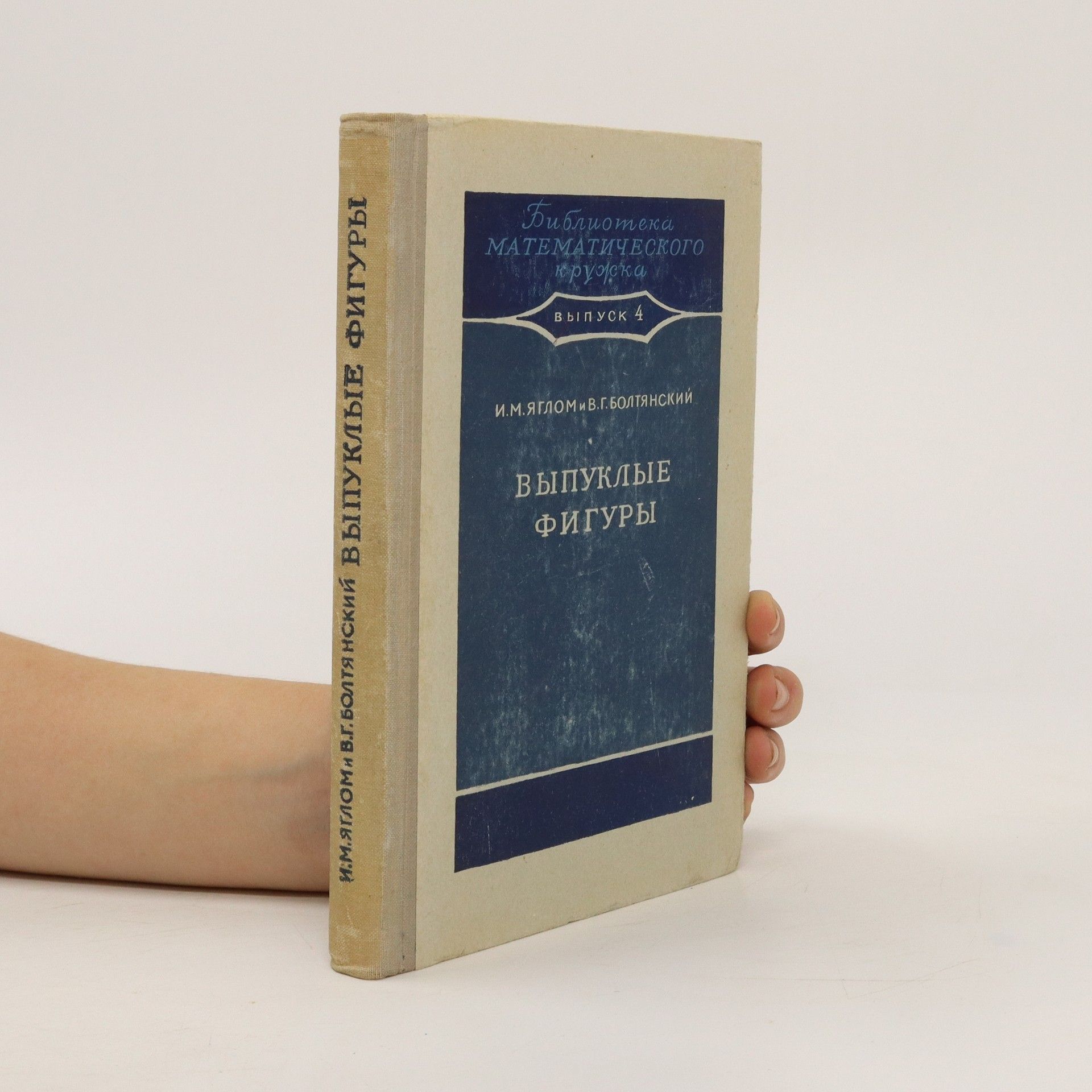Vladimir G. Boltjanskij Livres
Vladimir Boltyansky est un mathématicien soviétique et russe reconnu pour ses contributions à la vulgarisation des mathématiques. Son domaine d'expertise couvre la topologie et la géométrie combinatoire, avec un intérêt marqué pour le troisième problème de Hilbert. Il est l'auteur de livres et d'articles mathématiques populaires qui rendent les concepts complexes accessibles à un large public. L'œuvre de Boltyansky se distingue par son approche de l'éducation mathématique et de la communication scientifique.
